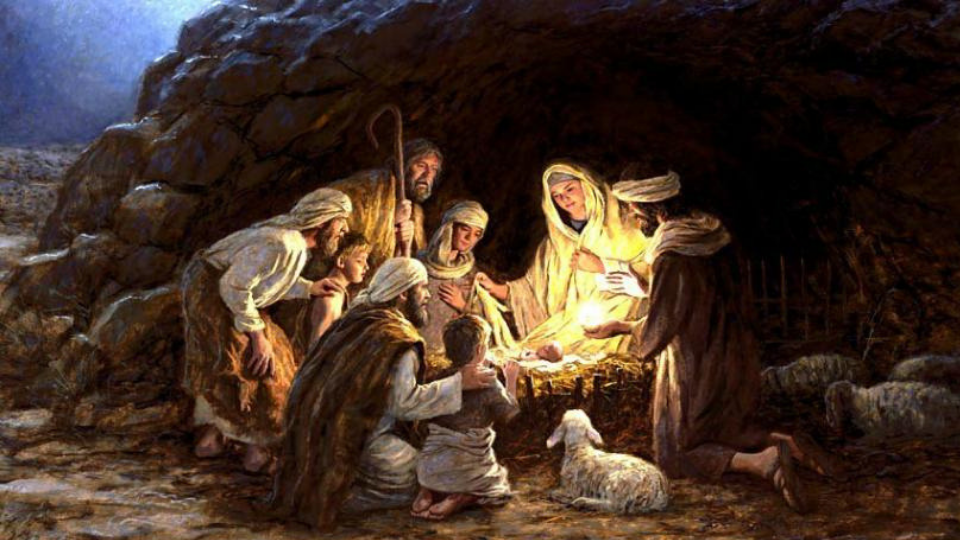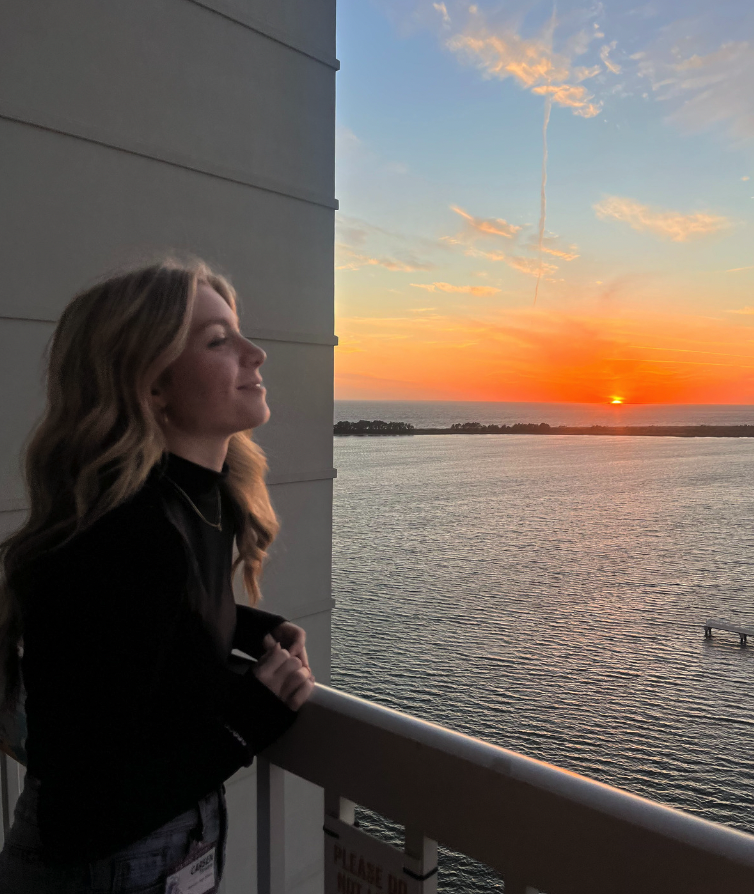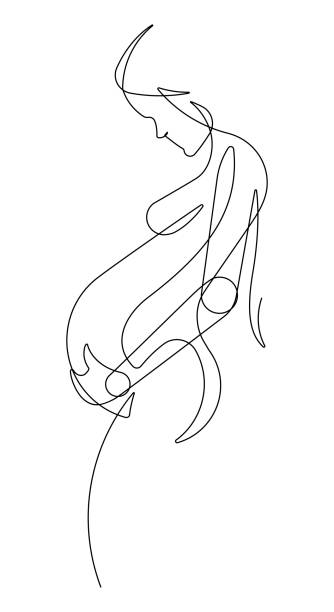Here in Brandon, Christmas is undoubtedly our favorite holiday. We line the streets with trees, flags, and reefs; we even host a parade right through downtown. However, we never really consider what Christmas looks like in other countries. Here at The Paw Print, we wanted to allow the students to see a bit of what Christmas looks like to other cultures around the world.
In Italy, Nativity scenes are a staple of the season. Most Italians have at least one in their home and they appear frequently around towns. Beginning after World War II, Christmas trees swept through Italy like a storm. They started showing up in everyone’s homes. Eventually, every nativity scene, even the ones in town squares, would always have a Christmas tree beside them. One tradition that the children in Italy do is going out together and caroling around their hometowns. They sing and play songs on shepherd pipes, wearing shepherds’ sandals and hats. One tradition unique to Italy, which stems from the country’s primarily catholic faith, is family’s abstaining from red meat and dairy on Christmas Eve. Instead, most people eat a light seafood meal and attend what’s called a “Midnight Mass”. Epiphany is also very important in Italy. On Epiphany night, children are told that an old lady named “Befana”, their version of a character similar to Santa in the US, brings presents for them. Children even put stockings up by the fireplace for Befana to fill. This wife’s tale isn’t universal though, in parts of northern Italy, the Three Kings might bring you presents at Epiphany rather than Befana. Babbo Natale, a translation of Santa Claus or Father Christmas also brings presents on Christmas day!
Just like in Italy, Christmas trees play a vital role in holiday festivities for Austrian families. A traditional Christmas tree is decorated with ornaments of gold and silver, stars made out of straw, sweets, candy wrapped in tin foil, gilded nuts, and decorated gingerbread cookies. Unlike the other Christmas traditions in Austria that might seem very familiar to Americans, Santa does not bring gifts to children. Christkind, or Christ Child, brings gifts to children instead! These gifts are not opened on December 25th but rather on Christmas Eve. And on Christmas Day, Austrians celebrate Krampuslauf, when people dress up as Krampus, quite a scary figure who’s feared and eagerly anticipated by Austrian children. Krampus costumes typically include suits of sheepskin and masks adorned with carved goat horns. Throughout all of Christmas Day, these dressed as Krampus run rampant in the streets of Austria hoping to scare children into being on their best behavior.
In Poland, caroling is the nation’s must-see tradition. It is extremely popular in Poland, with 80% of the population saying they sing Christmas carols at least at the dinner table during Christmas. At dinner, the Poles have multiple classic Christmas dishes like the herring, pierogi, and poppy seed cake. On Christmas Eve, they choose to enjoy “Christmas Eve Carp.” Also, many Polish families attend Pasterka, a midnight mass celebrated by the Roman Catholics.
Up next: Japan! In Japan, Christmas is known as Kurisumasu. The main event in Japan is Christmas Eve. Christmas in Japan is much less family focused; the holiday is mostly celebrated by going on dates and hosting Christmas parties. In Japan, chicken is the main dish in meals when celebrating Kurisumasu. However, on Christmas Eve, they serve Christmas cake, similar to a strawberry shortcake as well as a Japanese dumpling made of rice flour. Like most countries, giving gifts is still a major hallmark or Christmas in Japan.
In Greece, Christougenna, is celebrated on December 25th and is a time for families to unite. Popular traditions include decorating the Christmas boat, or Karavaki, Greek Christmas carols, and baking Saint Basil’s Cake, also known as vasilopita, representing good luck for the upcoming year. Aside from Saint Basil’s Cake, other traditional features of Christougenna are delicacies like melomakarona (honey cookies), Kourabiedes (butter cookies), and diples, a Greek pastry. Greece’s Saint Basil, who brings gifts and fashions a white beard paired with a red cape, is very similar to our very own Santa Claus.
One place where Christmas is not widely celebrated in Israel. That’s because Israel is Jewish, and they celebrate Hanukkah. Christmas Day is the same as an ordinary work day for most people. The Jewish festival of Hanukkah is celebrated around the same time as Christmas. This year, Hanukkah started on the evening of Thursday, December 7th, and ended on the evening of Friday, December 15th. (There are no public holidays in Israel for Hanukkah either!) The largest Christian population in Israel is located in Nazareth, where Christmas lights are strung high and low throughout the city’s streets and markets to celebrate both Christmas and Hanukkah. There is a Christmas Eve parade which ends at the Church of the Annunciation. Then, there’s an extensive display of fireworks and the Midnight Mass Service. The parade represents the journey that Mary and Joseph took in the Christmas story when they traveled from Nazareth to Bethlehem. Many different groups participate in the parade, including Catholics, Orthodox, Anglicans, Maronites, and even local Jews.
Every nation around the world has their own unique ways of celebrating this special time of year. Even if they look nothing like our traditions, that’s okay! Our differences are what make us unique and allow us to all mix and blend the best parts of our culture. To the reader, whoever you may be, I hope you had just as much fun learning about Christmas around the world as we did.
And of Course, Merry Christmas!




















